8 Easy Minimalist Habits for a Tidy Home

Keeping a clutter-free home on a daily basis can be a struggle.
For most of my life, I’ve been a pretty messy person. But I’ve built some simple minimalist habits over the past few years of my minimalism journey which have allowed me to declutter and organize my home.
I have found out that a clutter-free home gives me peace of mind, reduces stress, and increases my productivity. Here are my ideas for a clutter-free home.
1. It doesn’t need to soak
Most of us think items have to soak in a sink to get clean. But the soaking items end up sitting there either for most of the day or most of the week that turns into a pile of dishes, pots, and pans.
I fixed this by cleaning an item right after cooking and before things harden and stick to the surface. Taking that minute to get it done before things get worse has been helpful in maintaining a clean kitchen without things piling up in the sink.
Maybe something needs to be soaked once a month but not every time you use it.
2. Have routines
Having a morning and evening routine is super helpful for a ton of reasons. I like to have my morning routine clean and simple. I do not want to do anything like cleaning up the kitchen.
Instead, I want to make sure I have time to sit down with a cup of coffee, do some reading, and chill out to plan my day without any stress about cleaning up.
So my evening routine is that I never go to bed unless the house is pretty much cleaned up–more like tidied up to make sure that the next day is easy to start. This means that I have made decluttering a habit rather than an event.
3. Assign spots for everything
Before I did this, there were so many things floating around my home, sitting in different spots on a counter, table, floor, or even shoved under a bed.
If an item has a purpose, it should also have a home. So don’t just put stuff down, you should put it away. I’m trying not to make an item’s permanent home a box or bin that’s shoved away somewhere.
Things that are important to me are close by, like coffee. Coffee is important to me so I designed a neat and tidy coffee bar so it wasn’t spread all over my kitchen counters.
4. Donation box
We’ve had an ongoing donation box for about a year and it is a huge help when you’re trying to keep a clutter-free home.
Having one always makes you aware that as you go around doing your daily routines and you see something you don’t necessarily need, you have a home for it in the donation box.
Every week or every month, just take the box and drop it off or sell whatever is in there. It just makes the whole decluttering process less daunting and more effortless.
5. Make a rule about your flat surfaces
Flat surfaces used to be a huge issue for me. I used to just throw stuff down on the counters or any flat surface. All of my flat surfaces would collect something or other.
We have implemented a flat surface rule where we are not allowed to set down anything where it doesn’t belong for more than a day.
If we put something on the counter in the morning, it has to be cleaned up by the nighttime. That’s been really helpful for me. When you walk in and see all the flat surfaces are clear, it’s so much less stressful.
6. Meal plan and reset
We try to do this every Friday or Saturday morning before we go to the farmer’s market.
We decide what it is we are going to eat for the next week and go out and buy just that and not other stuff. We go through the fridge and throw out stuff that’s old or eating what’s in there so we don’t waste it.
It’s actually very easy to collect a lot of food clutter–you end up buying random food you don’t need because you were hungry at the store and you don’t even know why you have it in the fridge or cabinet and then everything starts spilling out.
We are trying to simplify and streamline this process as much as possible so we are not wasting time, money, and so we have plenty of space for items we plan to eat.
7. Find and address your pain points
Though pain points are different for everyone, you generally know what or where your problem is.
Maybe you have a drawer that’s constantly overfilled or your mail is all over the place. Figure out your problem and address it with a system, like immediately opening and sorting your mail so it doesn’t just sit on the kitchen counter for weeks.
Take a step back and evaluate the problem that’s really bugging you that you want to change. Usually there’s a little habit or system that will cure the problem in a minute.
8. Limit your inflow
This is important when you are in transition, where you’re trying to address a problem by implementing a new habit but you still do a bit of the old habit. This could look like impulse buying online or at the market.
It’s very helpful here to implement some minimalist rules, like don’t buy anything unless it sits on a list for seven days or sits in your shopping cart online for 24 hours or even for a month.
Or, you could implement a no-spend week or something to reduce your inflow of items. Some of these challenges will start to change those habits and stop the influx of stuff that clutters up your home.
As you do this more and more, it becomes second nature and you don’t have to stress about it. And you’re making sure that whatever you bring into your home is something you really want and really brings a lot of value to you.
Minimalist habits
Those are my most important eight steps and minimalist habits for a clutter-free home. I hope hearing about my challenges helps you handle your challenges.
If you have any more habits that I missed, I’d love to hear about them in the comments below because I’m always looking for more tips.
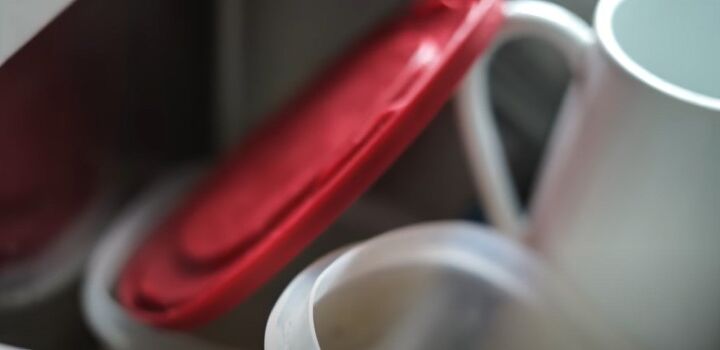








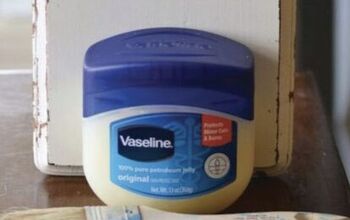



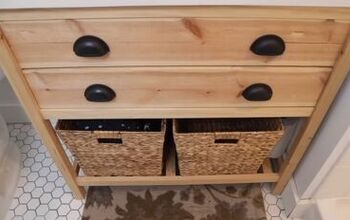
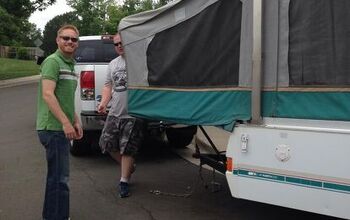
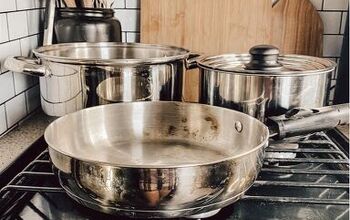



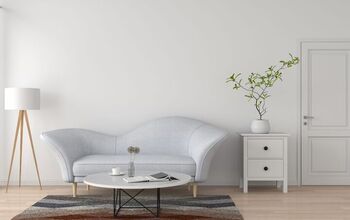

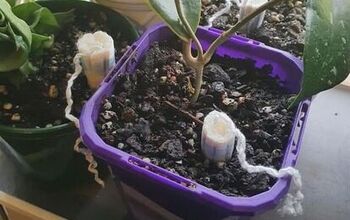



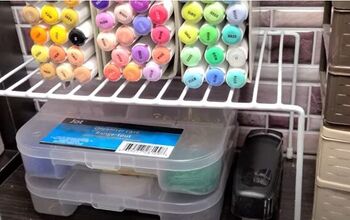
Comments
Join the conversation